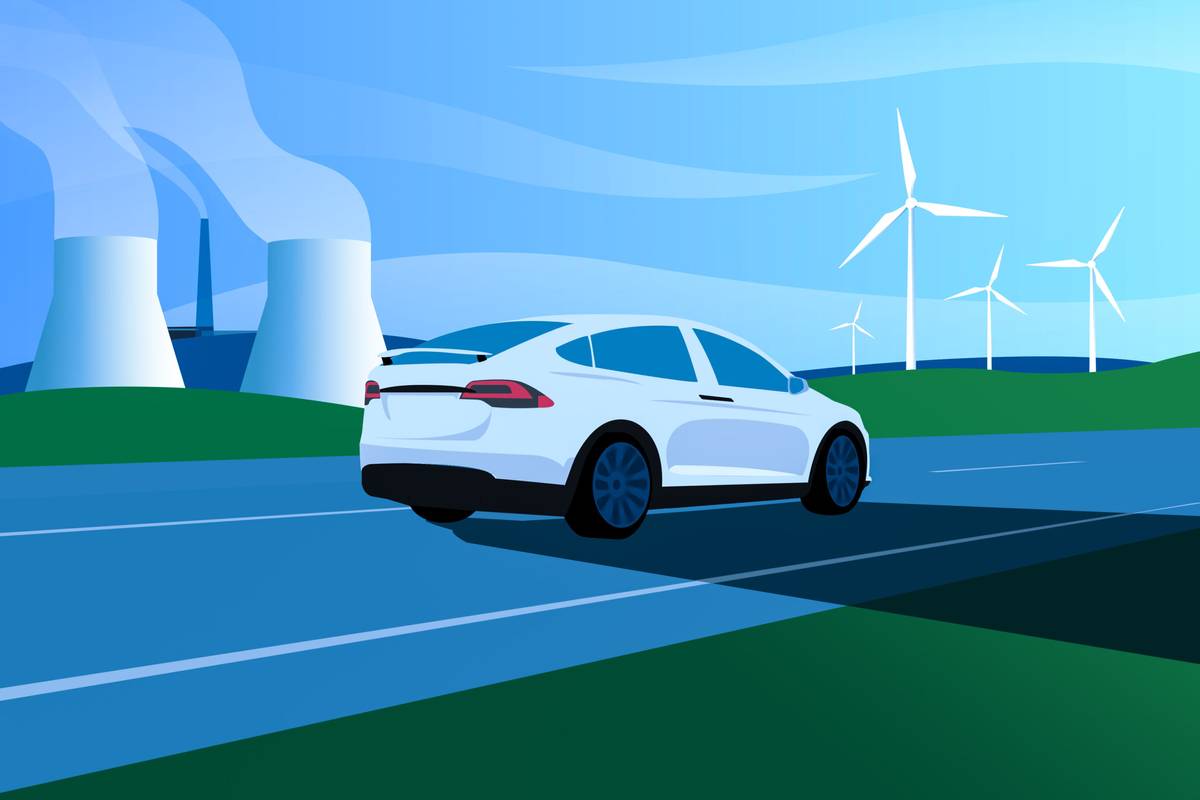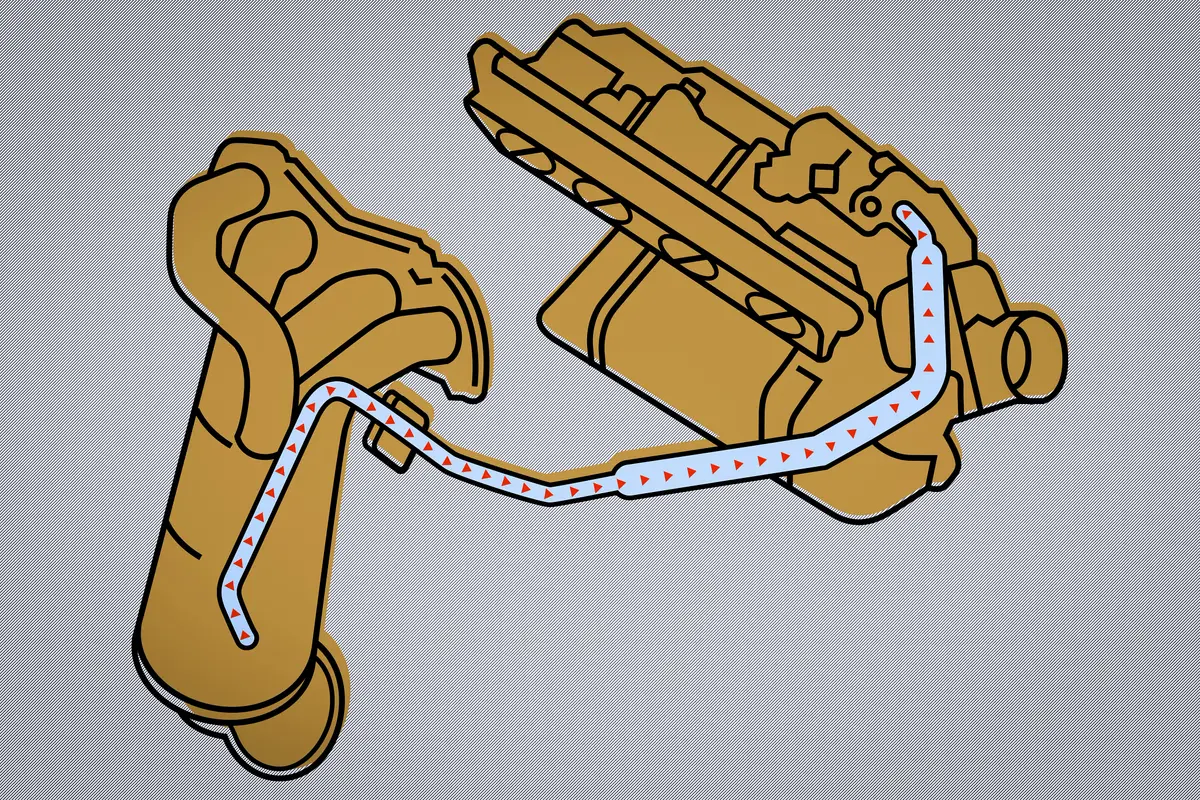chicagotribune.com's view
Tom Elliott has candor rarely found in an auto executive.
As Elliott, executive vice president of Honda, peered at a 2003 Honda Element previewed for the media here, he bluntly offered:
“You’re either gonna love it or you’re gonna hate it because it definitely is a different looking vehicle.”
Element is the new member of the Honda lineup that’s part sport-utility, wagon, van and truck, a multipurpose machine that combines the look and function of a host of vehicles.
Just don’t call it attractive and don’t go looking for one until December. In a year in which Honda has brought out a new Civic Si hatchback, gas/electric Civic Hybrid, Pilot sport-ute and Accord sedan/coupe, the dealers need time to make room for another entry.
Element is targeted at those 16- to 29-year-olds who number 71 million and account for 20 percent of the population and 50 percent of first-time new-vehicle buyers.
Honda hopes to attract 50,000 young, active, mobile, male members of that group–Element’s production capacity.
Before young, active, mobile females hit speed dial to their class-action lawyers, they also are welcome. It’s just that vehicles promoted for men attract women as well, but vehicles promoted for women don’t lure men, according to Elliott.
“You’re never successful designing cars for women. If women like it, men don’t. A woman will buy a car designed for a man, but a man won’t buy a car designed for a woman. Ever since Dodge brought out the LaFemme, I firmly believe that,” said Elliott.
LaFemme was a $145.35 option on the 1955-’56 Dodge Custom Royal Lancer that dressed the two-door hardtop in pink on the outside and white on the inside and included an umbrella and handbag holders in the seat backs. Sales estimates vary from 300 to 1,000 in the two years it was offered.
Element comes with two- or four-wheel-drive in base DX or top-of-the-line EX trim. The only engine is the 2.4-liter, 160-horsepower 4-cylinder, same as offered in the Honda Accord. You can opt for 5-speed manual or 4-speed automatic, though manual with 4WD won’t be available until May.
The primary reason for the love/hate relationship is that Element is not a fashion trendsetter.
It’s a taller, boxy derivative of the Honda CR-V sport-ute. The colored body panels are surrounded by dark gray scratch- and rust-resistant plastic cladding front, rear, sides and top. The cladding gives Element a rugged, durable look to attract active and mobile youth, Honda says.
Viewed in profile, the body-colored panels form the outline of a small pickup truck. Insiders acknowledge the hidden truck shape, but insist that with only 50,000 to be built, no pickup derivative is planned.
We tested the 4WD Element EX. The 2.4-liter 4 may develop the same 160 h.p. as in the Accord sedan but it doesn’t do so quietly. Commotion in motion. The 4 is designed for fuel economy (20 m.p.g. city/23 m.p.g. highway wit h automatic and 4WD). Enough pep to get going, but youth must have patience. Arriving takes precedence over arriving first.
The suspension is a basic, entry-level type with very little cushion between you and each and every tar mark on the road.
Handling makes up for some of the shortcomings in ride quality. Element sits on a one-inch wider track than a CR-V and comes with wider profile 16-inch radial tires than the CR-V’s 15-inch treads for more contact with the pavement and better sideways balance.
Front seats are more comfortable than those in back. Second-row seats are over the all-season radials, so ride is even harsher and tar marks seem more pronounced.
Second-row seats also short you in comfort because seat bottoms are small and flat and seat backs slim and flat, a combination that doesn’t ensure pleasant long-distance motor-ing. The seats are designed like that so they can lift and store flat along the side walls when you need more cargo space. ne drawback to seats stored upright along the walls is that they rest against the windows, so you have little or no side vision.
Honda officials are quick to point out that there are no federal laws regarding side-window vision and that the seats will be housed along the walls only when added space is needed, so you usually won’t travel with those obstructions.
Will the seats trouble youth?
The front and rear seats fold flat to form individual beds for driver/passenger, Honda points out, which we took to mean that youth won’t be troubled.
And youth certainly won’t be troubled with Element features such as a rear window that lifts up hatchback style and a tailgate that opens down. The tailgate is wide and flat for ease of loading cargo or sitting on to relax after surfing or snowboarding. Even if you leave the second row seats in place, snowboards and surfboards slip underneath.
The doors will attract the most attention. Front doors swing open 78 degrees (65 degrees is the norm, front and rear) and rear doors swing back, suicide style, at 90 degrees to ensure the easiest entry/exit of any vehicle on the road. However, large doors that open wide mean you don’t want to park too close to another vehicle if you want to exit quickly.
Other noteworthy features: waterproof seat fabric; flip open/removable glass skylight over the second-row seat so with the second-row seats against the walls, the cargo hold doubles as a pickup bed to haul tall items upright through the opening; second-row theater seating two inches higher than front seats; holders for cups, caps, coins or whatever throughout the cabin and inside the doors; a urethane-coated cargo floor that resists water, dirt and scratches and can be washed; and decent cargo room in back even with the second-row seats upright.
No official price, but the range will be about $16,000 for a 2WD DX to about $21,000 for a 4WD EX. Element will be in the same range as a Chrysler PT Cruiser, which Honda says will be one of its rivals.
Standard equipment in the EX tested includes anti-lock brakes, air conditioning, power windows/locks/mirrors, cruise control, alloy wheels and an AM/FM/CD audio system.
So obviously a vehicle that won’t make our Best Buys list. On the contrary. Shortcomings are the result of trying to keep the sticker within reach of the young target audience.
Will youth tolerate the crudeness?
Sure.
Element wasn’t meant to ride, handle or perform like a luxury sedan, much less a family sedan, because it isn’t.
Chances are that youth moving into an Element aren’t coming out of a Cadillac Seville STS, Lexus LS430 or Mercedes E-Class sedan, but rather are escaping from Dad’s hand-me-down Crown Victoria or Corolla with 95,000 miles or Ranger pickup with rust holding the bed to the cab.
Element is a heck of a machine considering those alternatives.
Latest news



